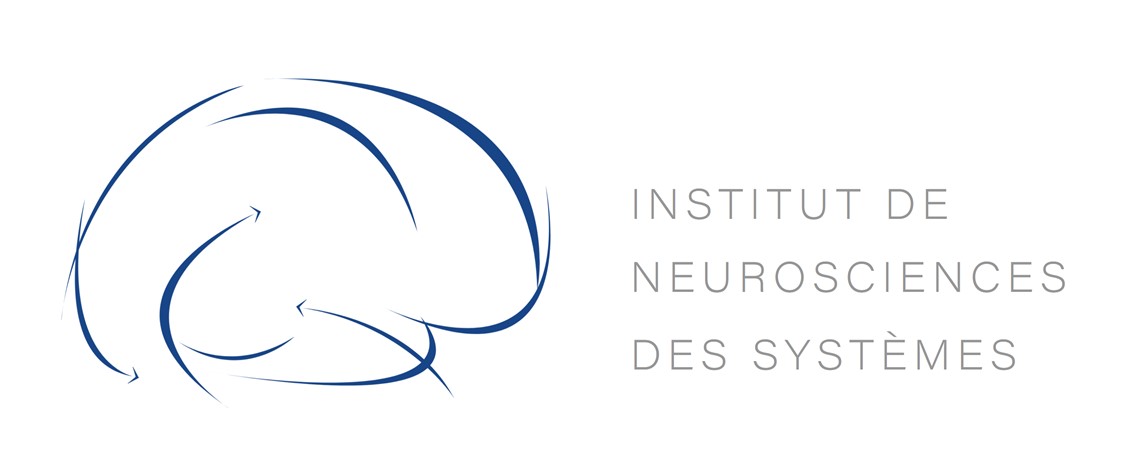Transition to seizure in focal epilepsy: From <scp>SEEG</scp> phenomenology to underlying mechanisms
Résumé
Objective: For the pre-surgical evaluation of patients with drug-resistant focal epilepsy, stereo-electroencephalographic (SEEG) signals are routinely recorded to identify the epileptogenic zone network (EZN). This network consists of remote brain regions involved in seizure initiation. However, the pathophysiological mechanisms underlying typical SEEG patterns that occur during the transition from interictal to ictal activity in distant brain nodes of the EZN remain poorly understood. The primary aim is to identify and explain these mechanisms using a novel physiologically-plausible model of the EZN.
Methods: We analyzed SEEG signals recorded from the EZN in 10 patients during the transition from interictal to ictal activity. This transition consisted of a sequence of periods during which SEEG signals from distant neocortical regions showed stereotypical patterns of activity: sustained preictal spiking activity preceding a fast activity occurring at seizure onset, followed by the ictal activity. Spectral content and non-linear correlation of SEEG signals were analyzed. In addition, we developed a novel neuro-inspired computational model consisting of bidirectionally coupled neuronal populations.
Results: The proposed model captured the essential characteristics of the patient signals, including the quasi-synchronous onset of rapid discharges in distant interconnected epileptogenic zones. Statistical analysis confirmed the dynamic correlation/de-decorrelation pattern observed in the patient signals and accurately reproduced in the simulated signals.
Significance: This study provides insight into the abnormal dynamic changes in glutamatergic and γ-aminobutyric acid (GABA)ergic synaptic transmission that occur during the transition to seizures. The results strongly support the hypothesis that bidirectional connections between distant neuronal populations of the EZN (from pyramidal cells to vaso-intestinal peptide-positive interneurons) play a key role in this transition, while parvalbumin-positive interneurons intervene in the emergence of rapid discharges at seizure onset.
Fichier principal
 Epilepsia - 2024 - Kayabas - Transition to seizure in focal epilepsy From SEEG phenomenology to underlying mechanisms.pdf (8.1 Mo)
Télécharger le fichier
epi18173-sup-0001-supinfo.zip (544.75 Ko)
Télécharger le fichier
Epilepsia - 2024 - Kayabas - Transition to seizure in focal epilepsy From SEEG phenomenology to underlying mechanisms.pdf (8.1 Mo)
Télécharger le fichier
epi18173-sup-0001-supinfo.zip (544.75 Ko)
Télécharger le fichier
| Origine | Fichiers éditeurs autorisés sur une archive ouverte |
|---|




